In pictures: Uttarakhand after the floods
- Published
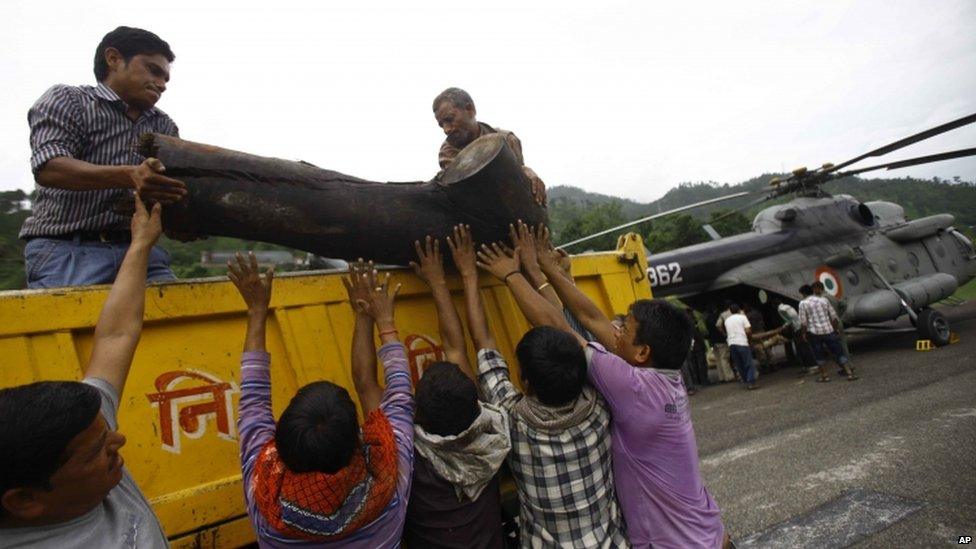
Nearly a fortnight after monsoon rains flooded vast swathes of the Indian state of Uttarakhand, efforts are underway to cremate hundreds of people who died. Wood is being transported to the worst-hit temple town of Kedarnath to enable the ceremonies to take place.
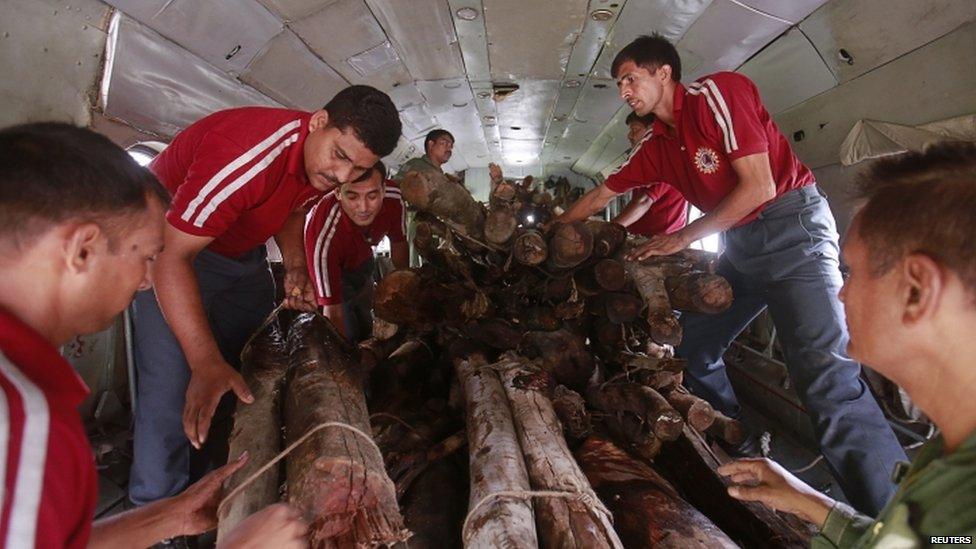
At least 200 bodies have been cremated in Kedarnath since Wednesday after several delays due to bad weather.
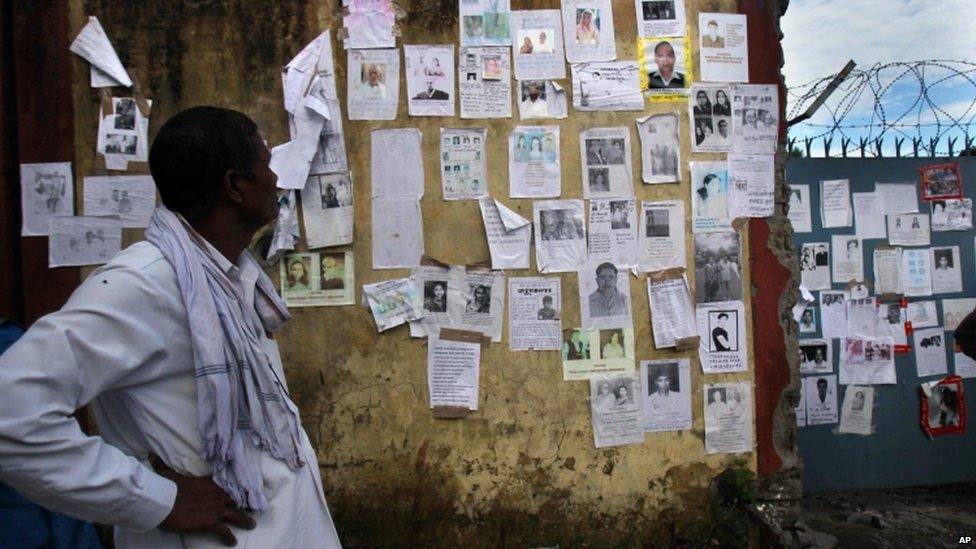
Photographs of those still missing have been posted throughout the flood-affected areas and distraught relatives have been waiting for days, hoping for news.
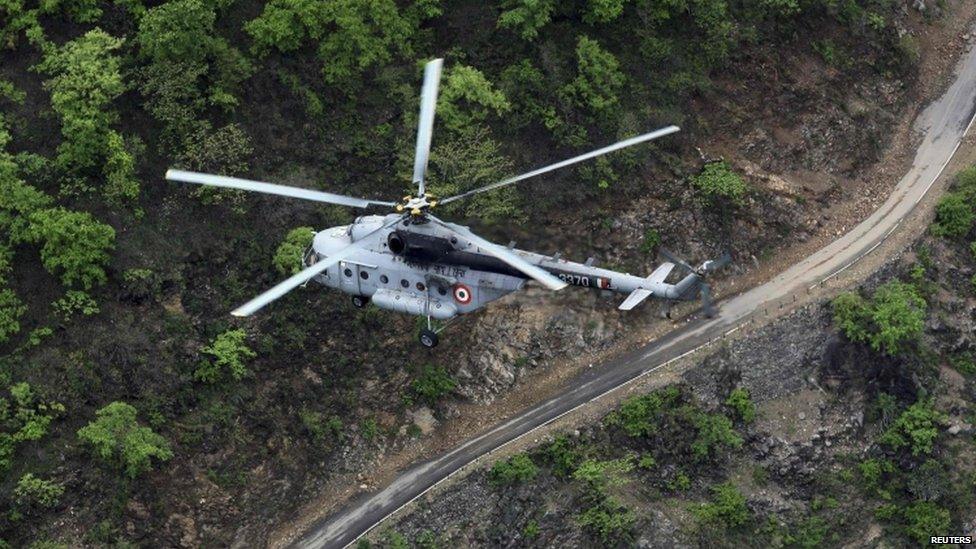
The Indian military is continuing their operations, flying helicopters into the mountains to evacuate several thousand Hindu pilgrims and tourists who are still stranded.
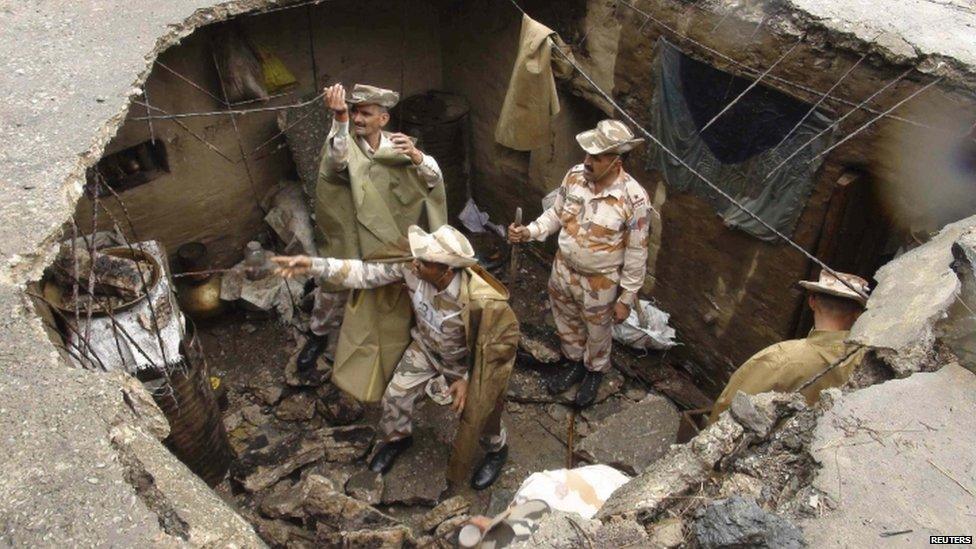
In Uttarkashi town, rescue teams are continuing their operations in damaged houses, but the emphasis now is on recovering bodies rather than finding survivors.

This year's early monsoon rains in the Uttarakhand region are believed to be the heaviest in 80 years. Swollen rivers have swept away entire villages.
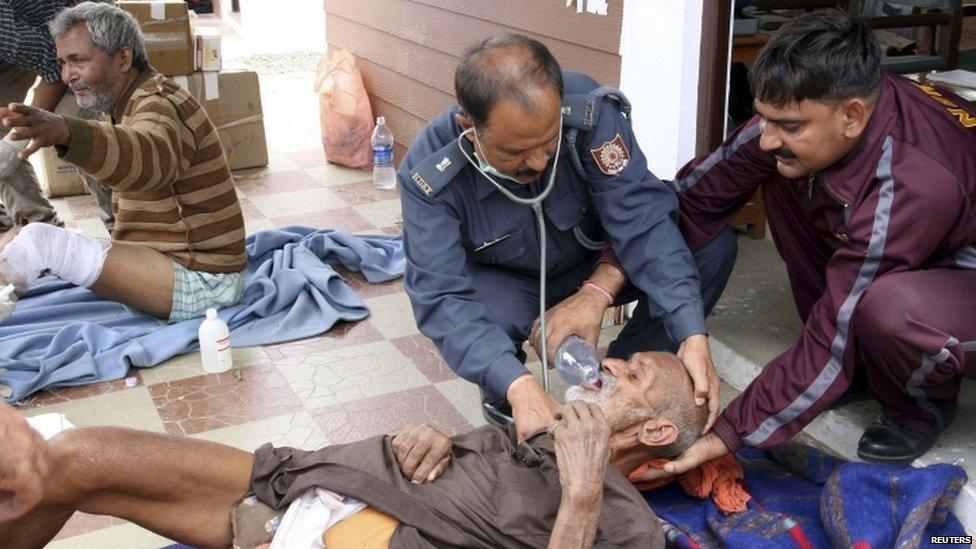
Temporary camps have been set up in various places in the mountains and the focus now is on providing food and medicine to thousands of local villagers and pilgrims who have taken shelter there.
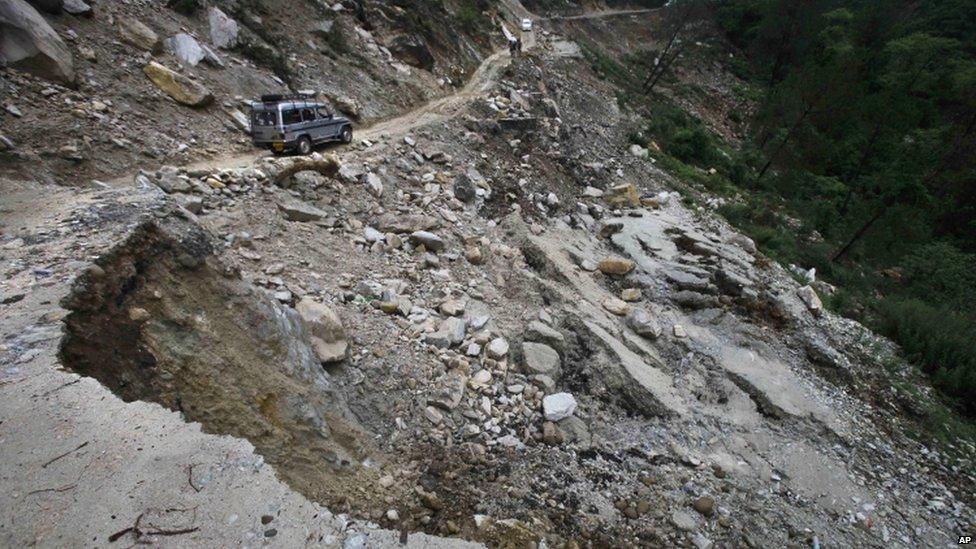
Only now are roads closed by landslides and floods being re-opened, although officials say it will be some time before communication links are fully restored.

Hundreds of road repairers are now hard at work as the authorities begin to restore road links in the state.
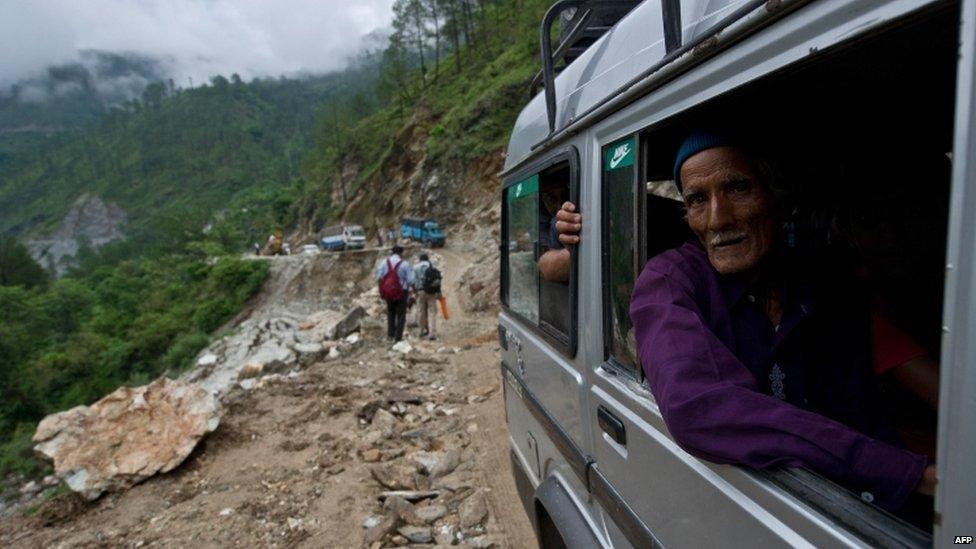
Military and security services have begun winding down their rescue operation, but it can still take a long time to travel a short distance. The road between the towns of Rudraprayag and Gauchar is passable but only for single file traffic.
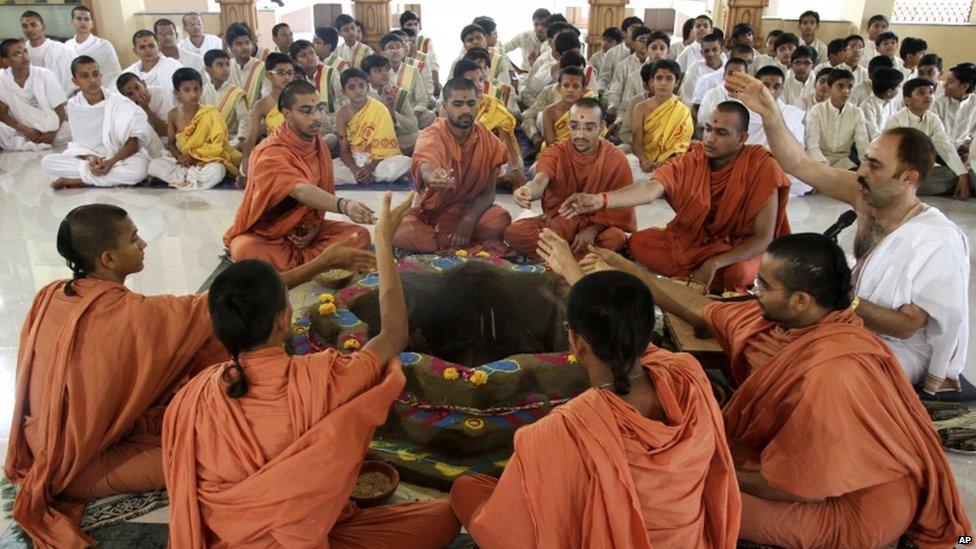
Elsewhere in India, prayers are being said for the Uttarakhand flood victims. Students of Swaminarayan Gurukul Vishwavidhya Pratishthanam, along with their elders, performed a "yagya," or fire ritual, in the city of Ahmedabad.